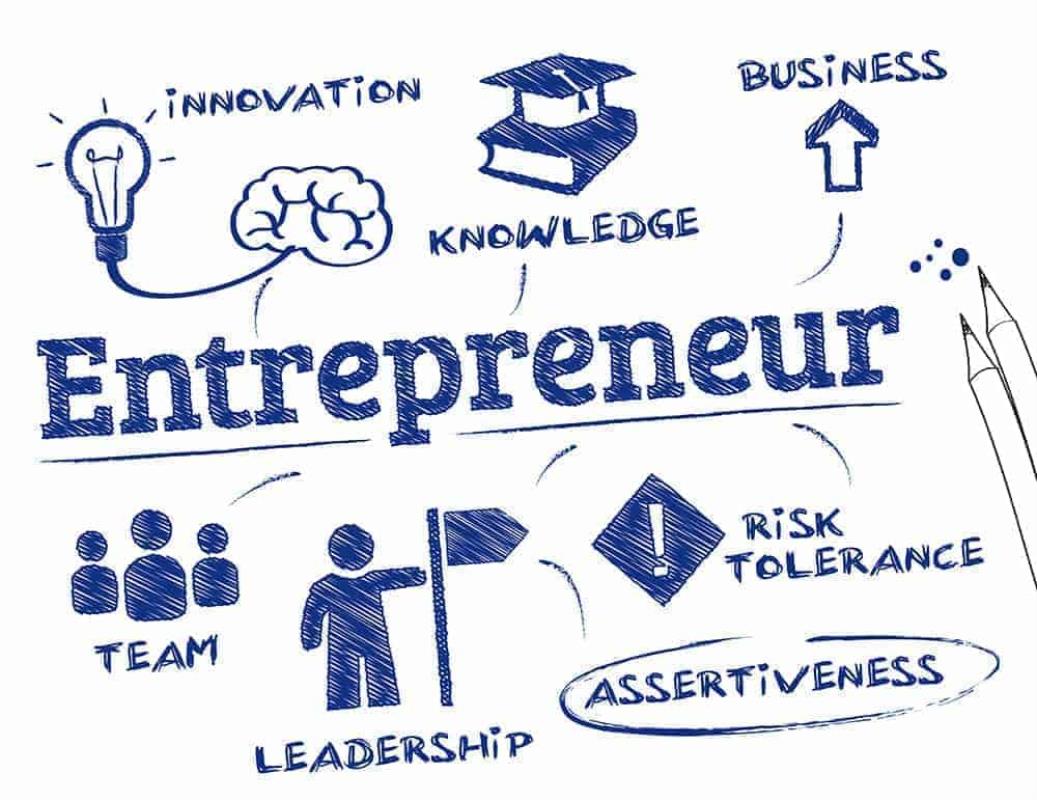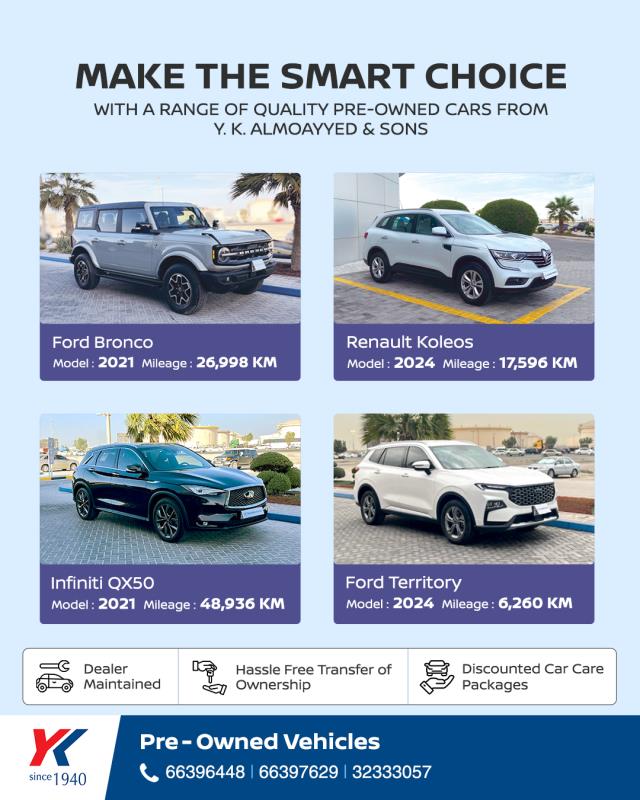By: Arunabh Madhur, Regional VP & Head Business EMEA at SHAREit Group
For the last 10 years, business models have been taking big leaps toward profits with marketing strategies largely driven by new technologies. However, word of mouth remains the biggest driver of business even today. People share ideas or content or experiences that reinforce their values or their sense of identity, which is good for their “personal brand”.

Tech-savvy consumers are sharing games or products on smartphones because they value the people they surround themselves with and want to support friends and peers by sharing content that will resonate with them. When Austrian psychologist Ernest Dichter laid out key motivations for people to talk about brands and products, product involvement (33%) and self-involvement (24%) were revealed as key factors. When consumers tell their own stories, they are covering what is important to them to tell the world and amplifying their voices.
There’s no better marketing than friends and family recommending products to their peers. According to Kantar Media, 93% of people trust recommendations from friends and family as a source of brand news and information. Not only that, but research by Ogilvy also shows that 74% of consumers identify word-of-mouth as a key influencer in their purchasing decision. Social media has made conversations about products and services much easier, but real WOM marketing happens both on and off the web.
As consumers are engaging on mobile and digital channels more than ever before, app platforms like SHAREit which is a peer-to-peer content-sharing platform have witnessed its users share huge volumes of content including files, videos and games. The app’s popularity is propelled by referrals that users have given to one another and has led it to become an effective vehicle for growth among brands in terms of onboarding high-value users in emerging markets.
Marketing is all about the people. To enable real and successful marketing, businesses must tie their strategic marketing plans to a roadmap that reaches large groups of people. Through SHAREit’s distinctive influencer model of recommendation, the platform has helped to drive massive high-quality user acquisition and translated it into in-app purchases for e-commerce platforms.
Currently, transactions are usually conducted on social networking platforms. The main driver of social commerce is the core idea of sharing, which would be for both online and offline, as social commerce is highly dependent on community user interactions and word of mouth.
Whether it is product recommendation, sharing of the best pricing, or even deal coupons with friends and family, online interactions are built on offline relationships. It utilizes peer recommendation, also known as word of mouth, to facilitate trust and engagement between merchants and customers.
Studies by marketing expert Jonah Berger have found two driving factors that power word of mouth marketing. These factors are social currency and triggers. Social currency relies on the idea of exclusivity – getting exclusive information from a peer or hearing about a unique game or a hole-in-the-wall restaurant satisfies consumers’ need to belong to an exclusive group. Triggers are a natural social mechanism that reminds us about a brand or product even when we don’t see advertising. In this way, word of mouth can also be a way to improve existing customer engagement strategies.
Word of mouth marketing will continue accelerating overall growth because it drives a high quality of user installations, recommendations, and LTV, which brands look at in user interactions and user journeys. Because SHAREit is based precisely on the principle that sharing can magnify that very basic social habit for driving brand growth through consumers, brands can still leverage word-of-mouth marketing to build genuine and meaningful customer engagement with wide audiences. Eventually, customers will become custodians of brand through trust and meaningful connections rather than advanced techniques.


































































